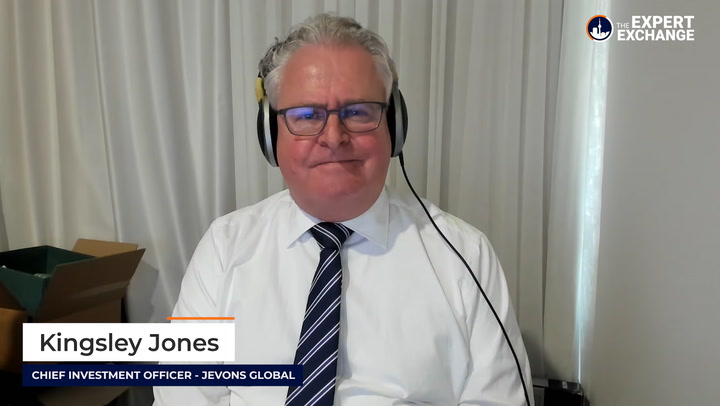Analysts from City Index have surveyed countries with the highest gross domestic product (GDP) and local currency strength against the USD to highlight post-pandemic growth.
However, what they found is that the Australian currency has indeed weakened.
Compared to the US dollar, the Aussie dollar has depreciated by 2.2 per cent between 2020-2023, joining a group of countries, including the Israeli New Shekel (NIS), Russia, the UK, Indonesia, Vietnam, Chile, and Canada, all of which have experienced drops in currency strength.
The Australian currency (AUD) ranks fifth among the countries that have lost the most in strength since the pandemic, with the Israeli New Shekel (NIS) leading the pack with the highest currency depreciation, at a 4.73 per cent decrease.
UK tipped to bounce back
Despite a 3.92 per cent decrease in currency strength in the UK, City Index experts suggest that 2023 could see the region “bounce back.”
“Now, in 2023, the UK is bouncing back and has a GDP of $3159 billion, a 17 per cent increase from 2020,” City Index experts noted.
“However, the UK’s economy is being held back by government spending and the effects of high energy prices due to larger shares of energy from natural gas, this ultimately has resulted in a stronger cost-of-living crisis in the UK, compared to other countries.”
These challenges faced by the UK can be likened to Australia, where similar factors have had a downward impact on our currency.
Mexico tops biggest gainers post-pandemic
While some countries have taken longer to regain strength, others have seen significant improvements, including Mexico, Singapore, Saudi Arabia, Switzerland, and Brazil.
Mexico takes the top spot as the fastest-recovering currency, with an increase of almost 20 per cent post-COVID and a 53 per cent increase in GDP.
Mexico’s GDP has surged by $573 billion between 2020 and 2023. The rise can be associated with a tighter monetary policy and expectations of faster growth compared to fellow Latin American countries.
Singapore’s currency strength ranks second in the dataset, increasing by 3.33 per cent since the pandemic, with GDP growth increasing by $167 billion from 2020 to 2023.
This year, the country’s lower inflation and higher interest rates have made its currency more appealing to investors, resulting in increased demand for the Singapore dollar. As a result, the exchange rate stood at SGD$1.34 to US$1, a notable improvement from the SGD$1.38 rate observed in 2020.
In third place is Brazil, which posted an increase of 2.77 per cent post-Covid, partially influenced by rising industrial metals and agricultural product prices, contributing to a $605 billion increase in GDP between 2020 and 2023.
These trends underscore persistent global economic challenges that continue to grapple with the repercussions of the economic downturn triggered by COVID-19. These challenges encompass supply chain disruptions, manufacturing hurdles, and, notably, rising inflationary pressures.








